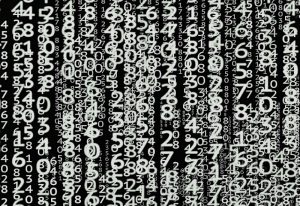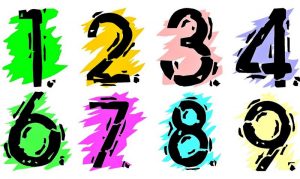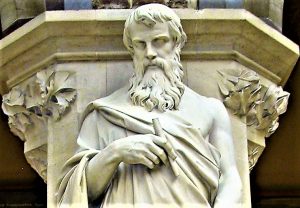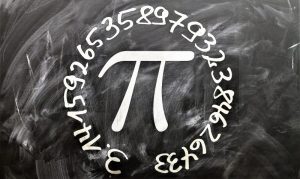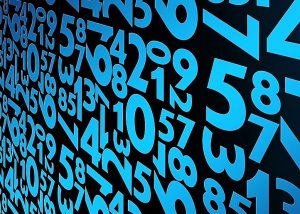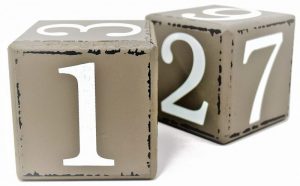Distributive property
Distributive property is a very deep mathematical principle that helps mathematics work. It is the rule that allows you to expand the parentheses, so it is very important to understand if you want to be good at simplifying math additions. It is a term widely used in the field of algebra. The distributive property is a property of multiplication that is applied to additions and subtractions. This characteristic tells us that two or more terms found in an addition or subtraction are equal to the addition or subtraction of the multiplication of each of the terms of the addition or subtraction by the number. To understand the distributive property, we can say that it is a digit multiplied by the sum of two summands which is identical to the sum of the products of each of the summands by that number.
What is distributive property?
Distributive property is a mathematical property that can be applied to additions and subtractions. It is the multiplication of a number by an addition equal to the sum of the multiplications of that number by each of the summands.
What is distributive property for?
The distributive property of multiplication is a very useful property that allows you to simplify expressions in which you are multiplying a number by a sum or difference. The distributive property of multiplication over addition can be used when you multiply a number by an addition. The distributive property of multiplication over subtraction is like the distributive property of multiplication over addition. You can subtract the numbers and then multiply them, or you can multiply and then subtract. This is known as “distributing the multiplier”.
History
Properties have always been present in mathematics and have probably been used since antiquity; for example, any method of multiplying digit by digit uses the distributive property. But it is important to ask who first recognized these properties worldwide. Then, it is known that the term arose in the early 1800s, when mathematicians began to analyze different types of more abstract objects than numbers, such as quaternions and their functions, and needed to talk about what the properties of numbers were. These properties were not carefully researched until mathematics reached a peak in its development, where properties that had previously been assumed had to be clearly discussed in order to make algebra rigorous and allow the study of alternative types of “algebra”.
Distributive property of the sum
It is important to remember that the sum is the combination of the values of two or more numbers in order to obtain a total. The distributive property is one of the mathematical laws related to addition and multiplication and tells us that the sum of two numbers multiplied by a third number is equal to the sum of each addition multiplied by the third number. This property can be represented as follows:
(a + b) x c = (axc) + (bxc)
Of the division
This property can only be applied in division, only if the algebraic sum is found in the dividend and, each of the terms that form it, are divisible by the divisor. It is very important to point out that this mathematical Law only takes place within the division if the dividend is first broken down into equal parts. As a result, every division will lead us to the same quotient, whether it is done directly or by applying the distributive property, we choose to decompose the dividend into equal parts, in order to divide it each time by the divisor, and then add up their respective results.
Of multiplication
The distributive property consists in decomposing one of the factors of multiplication in the addition or subtraction of two others and multiplying each part of this decomposition by the other factor and then, adding or subtracting the products, this will allow us to solve in a mental way and with greater comfort without altering the result.
Radication
When we refer to mathematics, the term radication is known as the operation performed to obtain the root of a figure or a number. In other words, radication is the process that, knowing the index and the radicand, allows us to find the root of a given number. This will be the figure that, when we manage to elevate it to the index, will give us the radicand as a result.
Potentiation
The potentiation is a term that is used when it is necessary to raise a number to a determined potency, this operation is carried out starting from a base and an exponent; this base is raised the exponent.
Examples
- 8 x (13 – 1) = 8 x 13 – 8 x 1 = 8 x 13 – 8
- 2 x (1 + 3) = 2 x 1 + 2 x 3 = 5
- 10 x (5 – 2) = 10 x 5 – 10 x 2 = 30
How to cite this article?
Briceño V., Gabriela. (2019). Distributive property. Recovered on 3 January, 2025, de Euston96: https://www.euston96.com/en/distributive-property/




